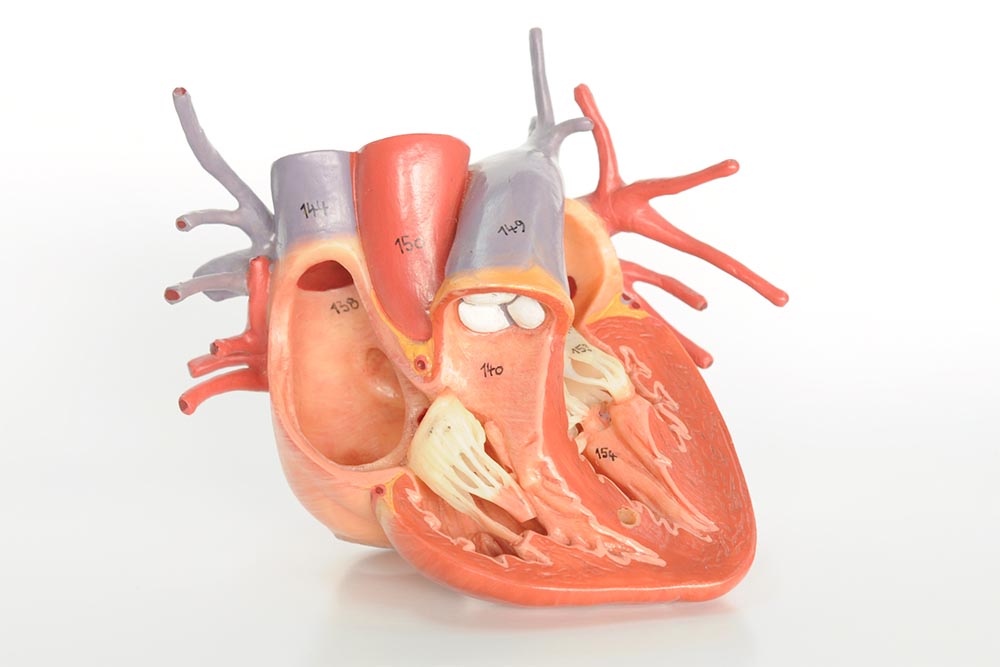Medical Science 8
Cardiovascular Part 2A: (The Pump) Heart Anatomy
November 16, 2022

Why does the heart have four chambers?
The pump of the cardiovascular system is the Heart. The heart is one of the most important, complex, and fascinating organs in your body. Organs are individual tissue components that help meet the needs of an entire organism (that’s you). The heart’s primary function is to systematically pump blood to tissues in all areas of the body to keep us alive! The pulmonary circulatory system pumps blood to our lungs and is a low-pressure system managed by the right side of the heart. The peripheral circulatory system pumps blood to all the peripheral organs and is a high-pressure system managed by the left side of the heart. The heart works hard for us and has four chambers to help manage the load. The left and right atria chambers are responsible for filling the left and right ventricle chambers with blood before every heartbeat. The ventricles are the true pump. In fact, the left ventricle does so much work, it is the site of most heart attacks. Dr. Crooke covers the flow of blood through the chambers, the electrical system that causes the heart to beat, how the autonomic nervous system controls heart rate and more!
On This Episode We Discuss:
- The four chambers of the heart
- Why the heart is two sided
- Why most heart attacks occur in the left ventricle
- The blood cycle
- Electrical circuits: the Purkinje system
- Sinoatrial node: the metronome
- The autonomic nervous system’s auto processes
- Pumping blood – the pathway
- Measuring the pump
Watch on YouTube:
The host of the show is Dr. Stanley Crooke, a scientist, a physician, an entrepreneur and the father of antisense technology. Dr. Crooke is responsible for driving the development of antisense or ASO technology, an RNA-targeted technology responsible for the commercialization of three best- and first-in class medicines and more than 40 drugs in development. In 2020, Stan formed n-Lorem to use this powerful technology to develop experimental personalized ASO medicines for nano-rare patients (1 to 30 patients worldwide) for free, for life.
Credits
Hosted by: Dr. Stan Crooke.
Videographer: Jon Magnuson of Mighty One Productions.
Producers: Kim Butler, Colin Delaney, Kira Dineen, Jon Magnuson, Andrew Serrano and Amy Williford
More from n-Lorem:
See what else we are up to on Twitter, Instagram, Facebook, LinkedIn, YouTube and our website, nlorem.org. If you enjoy this episode, please rate and review us, as it helps others find our podcast. Questions/inquiries can be sent to [email protected].
Listen to our next Intro to Medical Science episode

We cannot do
this alone
Together we are changing the world—
one patient at a time
We hope that you join us on this journey to discover, develop and provide individualized antisense medicines for free for life for nano-rare patients. The ultimate personalized medicine approach – for free, for life.
Follow us on social for updates on our latest efforts



